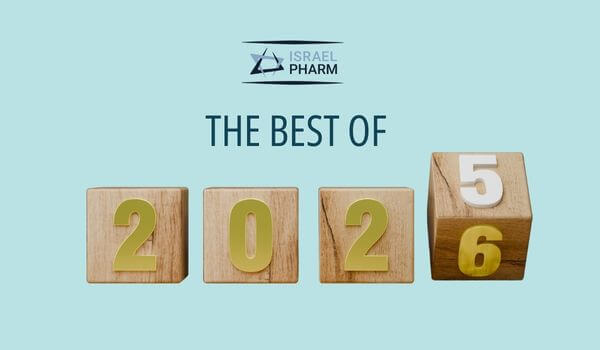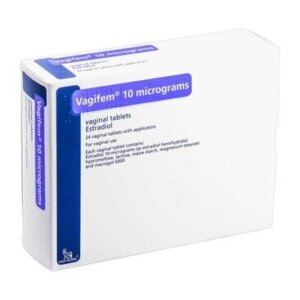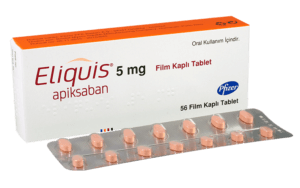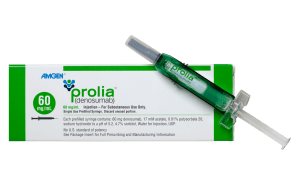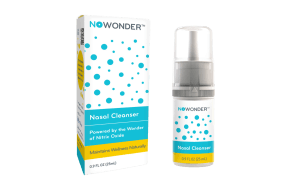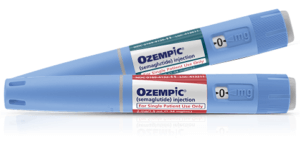 At this year’s American Society of Addiction Medicine (ASAM) Annual Conference, a big focus was on GLP-1 receptor agonists (GLP-1 RAs). These drugs, commonly used to treat diabetes, have also been found to aid in weight loss, leading to their consideration as a treatment for obesity. However, GLP-1s aren’t just for weight loss or type 2 diabetes; they’re also showing potential in helping people with substance use disorders (SUD).
At this year’s American Society of Addiction Medicine (ASAM) Annual Conference, a big focus was on GLP-1 receptor agonists (GLP-1 RAs). These drugs, commonly used to treat diabetes, have also been found to aid in weight loss, leading to their consideration as a treatment for obesity. However, GLP-1s aren’t just for weight loss or type 2 diabetes; they’re also showing potential in helping people with substance use disorders (SUD).
As the use of GLP-1 medications becomes more widespread, their benefits are emerging. Initially developed for type 2 diabetes, GLP-1s have already made waves in weight loss treatments. Similar to promising findings in heart disease and Alzheimer’s, early studies suggest that GLP-1s might play a key role in treating SUD. To explore this exciting frontier, ASAM gathered leading scientists and physicians to share the latest research on their safety, effectiveness, and potential impact.
What are the available GLP-1 RA medications?
GLP-1 agonists are a newer type of medication, with the first one, exenatide, approved by the FDA in 2005. Scientists are still studying these drugs to understand all their possible benefits and uses.
Some of the options available include:
- Dulaglutide, sold as Trulicity
- Exenatide, sold as Byetta.
- A longer-lasting version of Exenatide, called Bydureon.
- Liraglutide, known by the brand name Victoza.
- Lixisenatide, also called Adlyxin.
- Semaglutide, which comes as an injection (Ozempic and Wegovy) or in tablet form (Rybelsus).
Another type of medication is known as dual GLP-1/GIP receptor agonists. Right now, there is only one available, called tirzepatide (brand name Mounjaro) and the benefits of straight GLP-1 don’t seem to apply so far in earyt research..
How do GLP-1 RAs work to treat addiction?
GLP-1 receptors are found in many parts of the brain, especially in areas linked to rewards. Addictive substances like nicotine, alcohol, and opioids trick the brain’s reward system, causing it to release too much dopamine, the chemical that makes people feel good. Research shows that GLP-1 receptor activation has been shown to regulate dopamine release in the brain, which is linked to the reward system. Addiction is often a search for something to trigger the release of dopamine. GLP-1 RAs can change this by providing a healthier source of dopamine release, reducing the need to seek out “bad” triggers. As a result, GLP-1 RAs have the potential to help with a variety of addictive behaviors, including unhealthy eating habits or behavioral addictions.
What do studies reveal about GLP-1 and addiction?
Nicotine addiction 
There aren’t many randomized controlled trials (RCTs) yet, but early research shows that liraglutide might help reduce the overeating and weight gain caused by nicotine withdrawal. Studies also suggest that people with type 2 diabetes (T2D) who use GLP-1 receptor agonists are less likely to struggle with nicotine addiction compared to those using other T2D treatments. These patients also seem to need less medical care for tobacco-related issues.
Alcohol addiction
Alcohol has been studied more than any other substance when it comes to GLP-1 receptor agonists. There are also several ongoing funded trials, such as the STAR study (Semaglutide Therapy for Alcohol Reduction), which is currently looking for participants. One completed study compared cognitive behavioral therapy to GLP-1RA exenatide in patients classified as having substance use disorders Exenatide isn’t as strong as Ozempic when it comes to causing weight loss or affecting the brain. In the study, the drug reduced alcohol use in people with obesity, but it actually made non-obese people drink more, warranting the need for further research.
What about other drug addictions?
At the moment, there is not much research on GLP-1 agonists and other substance use disorders. However, scientists tested an experimental GLP-1 agonist (not approved by the FDA) and found it reduced cocaine use in rats. There isn’t much data on opioids either, but one study showed that repeated doses of liraglutide lowered heroin use in rats. While experts are hopeful, they emphasize the need for more clinical research.
So, how soon until we can see GLP-1 RAs prescribed for addiction?
The latest research on GLP-1 receptor agonists and addiction looks hopeful. However, experts at the ASAM conference agreed that more studies are needed, especially on humans, as it’s important to do thorough research to confirm the safety and effectiveness of these treatments. Patience is key, as results from clinical trials are still expected to be a few years away yet.
FAQs
Does Ozempic help with compulsive behavior?

Does Ozempic help mental health?
Some studies have found that GLP-1 drugs, such as Ozempic, might help lower depression symptoms in adults with type 2 diabetes, even if they haven’t been diagnosed with depression. This connection may be linked to the role of GLP-1 receptors in the brain, which can influence mood regulation and inflammation, both factors associated with depression. While the exact mechanisms are still being studied, these findings open the door to exploring GLP-1 drugs as a potential tool in managing mental health alongside physical health.
Can Ozempic affect alcohol tolerance?
Ozempic can change the way the body handles alcohol. It can make alcohol’s effects on blood sugar stronger, cause alcohol to affect the body faster, and lower a person’s usual tolerance to alcohol. It may also slow down how quickly the stomach empties and affect blood sugar levels. These factors might make hangovers more intense if someone drinks too much alcohol while using the medication.
Can you skip a week of semaglutide?
Semaglutide is taken as a weekly injection and stays in the body for about a week. If someone misses a dose, the medication won’t work as well during that time. However, when they start taking it again, it doesn’t take long to get back to normal effectiveness.



